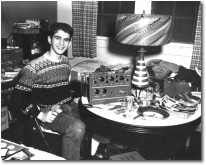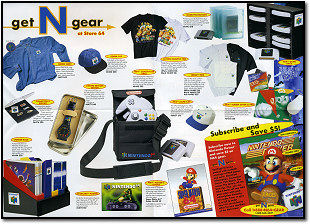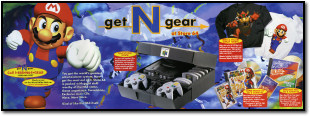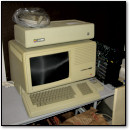Retro Scan of the Week: The Ultimate Pac-Man Room
Monday, March 12th, 2007So tell me, Pac-Friends. How many of these Pac-Man items do you have? (Check the scans below to get a full description of all the items.)
Pac-Man this, Pac-Man that. It seems like they made a Pac-Man version of everything in the early 1980s. My brother’s friend had a metal Pac-Man trashcan that I was always jealous of (and to think that he wouldn’t give it to me!). Unfortunately, that item is not in the picture. My family bought a second-hand copy of the marblelicious Pac-Man board game you see on the floor there. It was pretty dumb, if I recall — nothing could compare to playing the actual video game on our Atari 800 at the time. And another of my brother’s friends had the Pac-Man Fever album, but they never let me listen to it. I still hold it against them to this day.
Anyway, check out the other full scans below and behold the power of merchandising! Warning — the full images are pretty big. Enjoy!
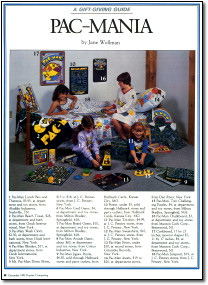
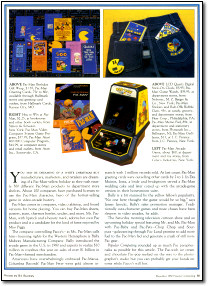
[ Scanned by VC&G from Popular Computing Magazine, December 1982 ]
If you use these images on your site or blog, please support “Retro Scan of the Week” by giving us obvious credit for the original scan and entry. Thanks! We really appreciate it.
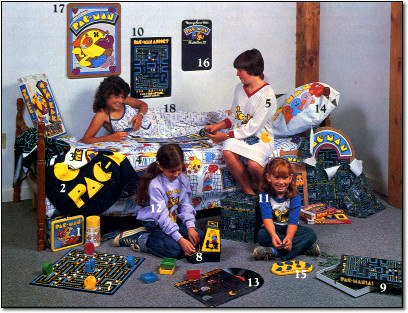
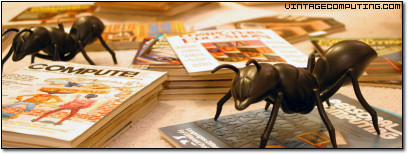
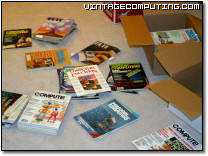 Despite all the professional anxiety I just expressed (this sounds more and more like a real blog all the time, doesn’t it?), I still need to remember to have a little fun. So let’s have some. This entry marks the beginning of a new column about the current hectic happenings in my happenin’ hip-hop VC&G lifestyle. I don’t expect to be whining much (a perennial blog favorite), so bear with me. It’ll try to find a suitably compelling and dramatic replacement. And have no fear, my loyal VC&G friends: aside from this blog-like column, you can continue to expect the same professionalish blogazine standard from Vintage Computing and Gaming as usual.
Despite all the professional anxiety I just expressed (this sounds more and more like a real blog all the time, doesn’t it?), I still need to remember to have a little fun. So let’s have some. This entry marks the beginning of a new column about the current hectic happenings in my happenin’ hip-hop VC&G lifestyle. I don’t expect to be whining much (a perennial blog favorite), so bear with me. It’ll try to find a suitably compelling and dramatic replacement. And have no fear, my loyal VC&G friends: aside from this blog-like column, you can continue to expect the same professionalish blogazine standard from Vintage Computing and Gaming as usual.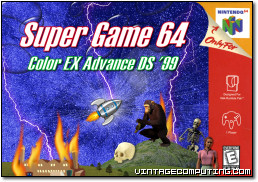
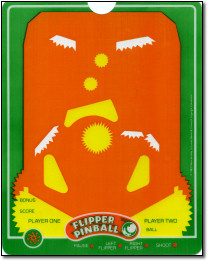
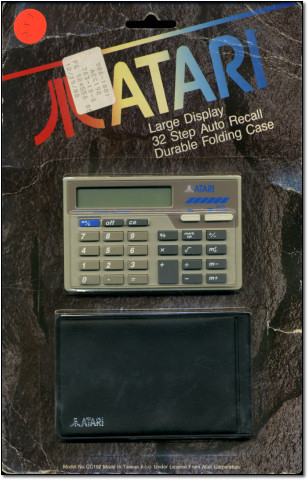
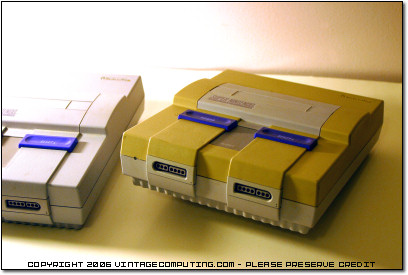
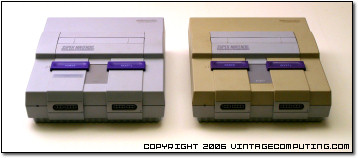
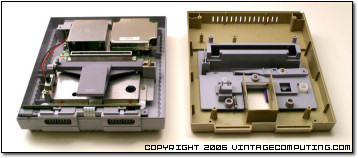
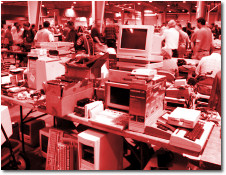 In
In 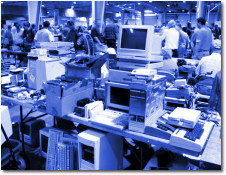 In
In 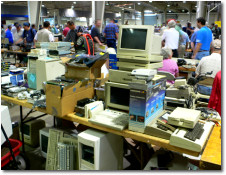 Those of you who have been reading VC&G for some time have probably encountered the occasional
Those of you who have been reading VC&G for some time have probably encountered the occasional 